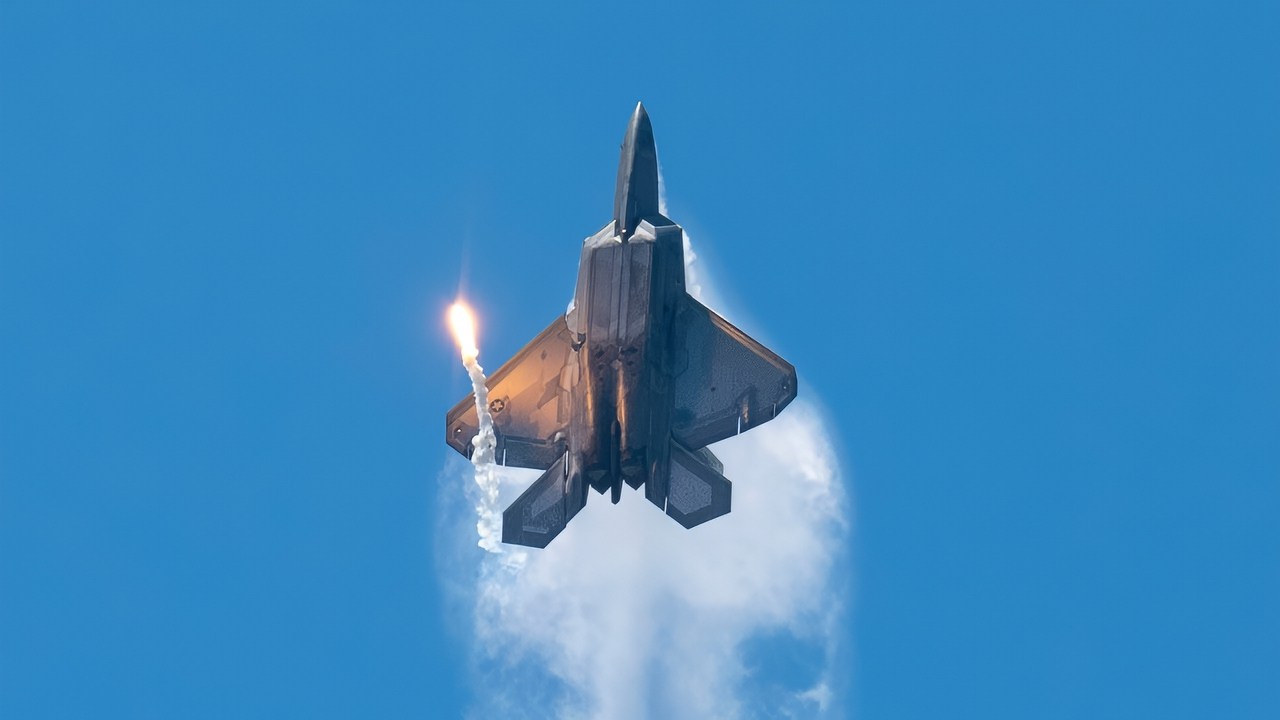Key Points and Summary – The F-22 Raptor remains the world’s premier air-to-air fighter, but its biggest flaw isn’t in the airframe—it’s in the numbers.
-The United States shut the line after fewer than 200 jets, then spent a decade focused on counterterror wars while peer air forces surged.
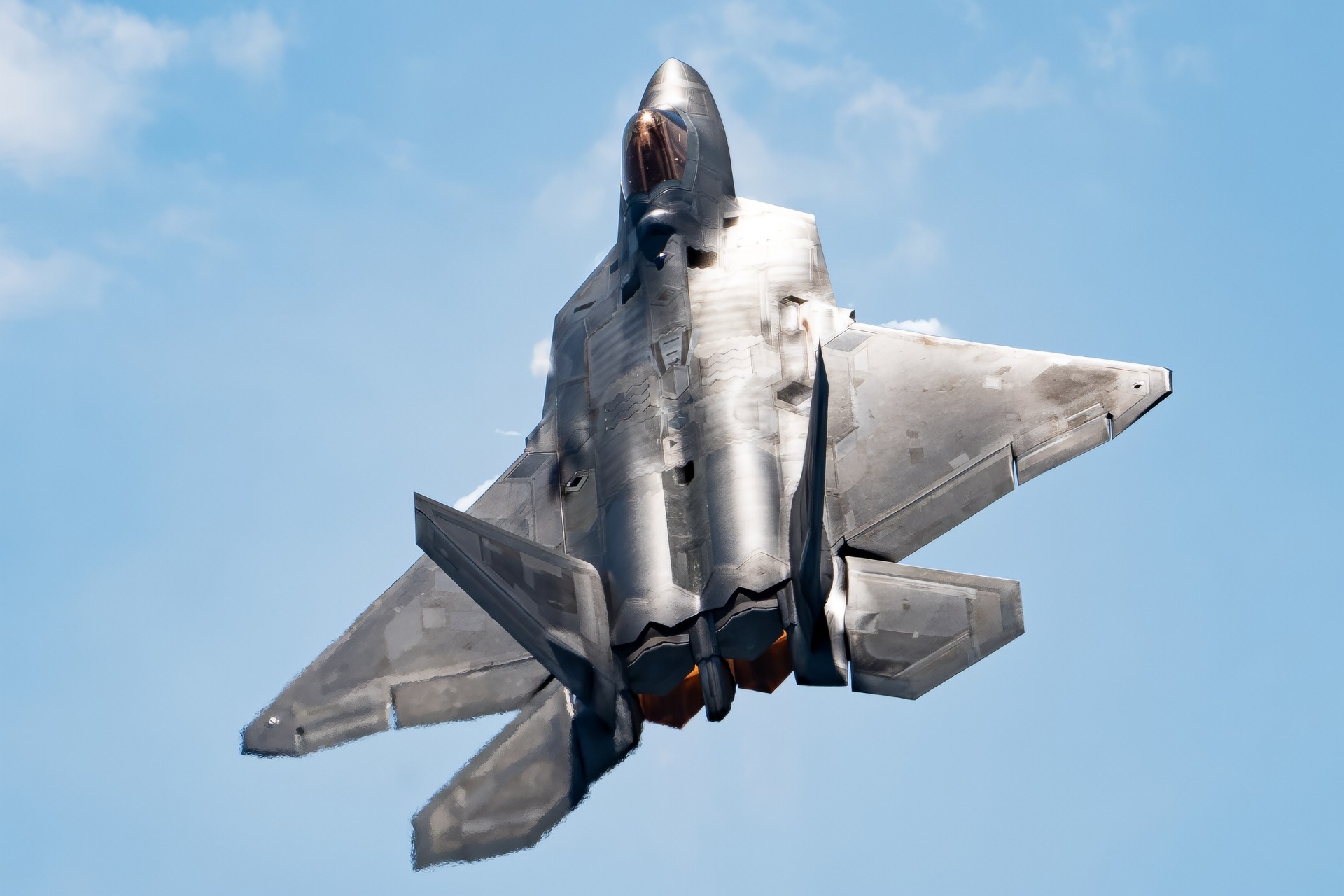
Maj. Joshua “Cabo” Gunderson, F-22 Raptor Demo Team commander and pilot, maneuvers into a climb after a tactical-pitch at the Cold Lake Air Show July 17, 2022, at Cold Lake, Alberta, Canada. The F-22 Raptor’s two Pratt and Whitney F119 Turbofan engines bring a combined 70,000 pounds of thrust in combination with two-dimensional thrust vectoring to enable maximum maneuverability for the multi-role air-to-air stealth fighter. (U.S. Air Force photo by Tech. Sgt. Don Hudson)
-The result: a boutique fleet with uneven readiness facing mass-produced stealth rivals like China’s J-20 and emerging designs such as the carrier-capable J-35.
-The lesson is not to pine for yesterday’s production restart, but to size tomorrow’s force correctly: keep Raptors healthy, bridge with F-35 and F-15EX, and procure enough sixth-generation fighters to win at scale.
The F-22 Raptor Stealth Fighter Has A Math Problem It Can’t Fix
The F-22 Raptor fighter was the 1990s ‘stealth’ moonshot: Stealth from all angles, a radar designed to hunt quietly, engines that cruise supersonic without afterburner, and vectoring nozzles that let the jet point and pivot in ways opponents still struggle to match.
And, to be honest, for as long as I have worked on military affairs, from editing a few military-focused outlets to running a think tank research group, the F-22 has always been a favorite topic of mine to follow. I have even seen one up close at the U.S. Air Force Museum in Dayton, Ohio, back in July.
For me, I guess part of it is the success of the design: It did exactly what it was designed to do—win the hardest air-to-air problem—right as America’s wars shifted to counterinsurgency, where air superiority was a given.
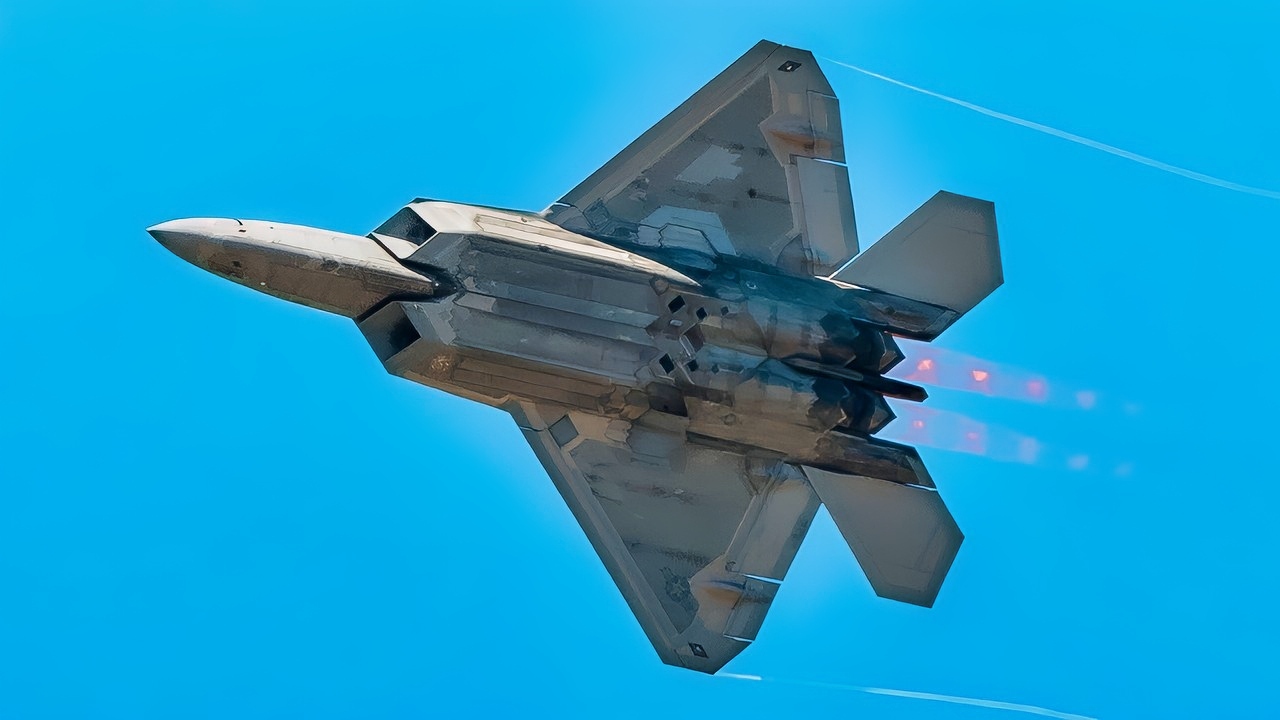
A U.S. Air Force F-22 with the F-22 Raptor Demo Team performs aerial stunts at the 2022 Kaneohe Bay Air Show, Marine Corps Air Station Kaneohe Bay, Marine Corps Base Hawaii, Aug. 12, 2022. The air show provided an opportunity to demonstrate the capabilities of a Joint Force in the Indo-Pacific Region. The Kaneohe Bay Air Show, which contained aerial performances, static displays, demonstrations and vendors, was designed to express MCBH’s appreciation to the residents of Hawaii and their continued support of the installation. (U.S. Marine Corps photo by Cpl. Patrick King)
Budgets followed the fight at hand. The production line closed in 2011 with fewer than 200 Raptors built. The plan was to lean on the follow-on F-35 program for numbers and multirole work, keeping the smaller Raptor fleet for the purest air-dominance tasks.
History had other plans. As the United States focused on distant deserts and mountains, China and Russia invested in long-range missiles, integrated air defenses, and their own stealth fighters. When great-power competition snapped back into focus, the world’s best air-to-air machine was a boutique fleet spread across training, homeland defense, deployments, and test.
The Small-Fleet Penalty
A tiny fleet pays a tax every day that isn’t obvious on a glossy spec sheet.
Availability. Every advanced fighter spends time in maintenance. In a small fleet, routine downtime bites deeper. A depot delay, a part shortage, or a few weather-related scrapes remove a larger percentage of total capacity. The Raptor’s unique coatings and low-observable features also demand skilled labor and specialized facilities; those aren’t things you surge overnight.
Training mass. High-end air combat training requires numbers—blue air, red air, support aircraft, command-and-control, jammers, and the friction that turns individuals into lethal teams. With so few aircraft and several assigned to training and test, it’s harder to assemble the full puzzle often enough to burn mistakes out in practice instead of in combat.
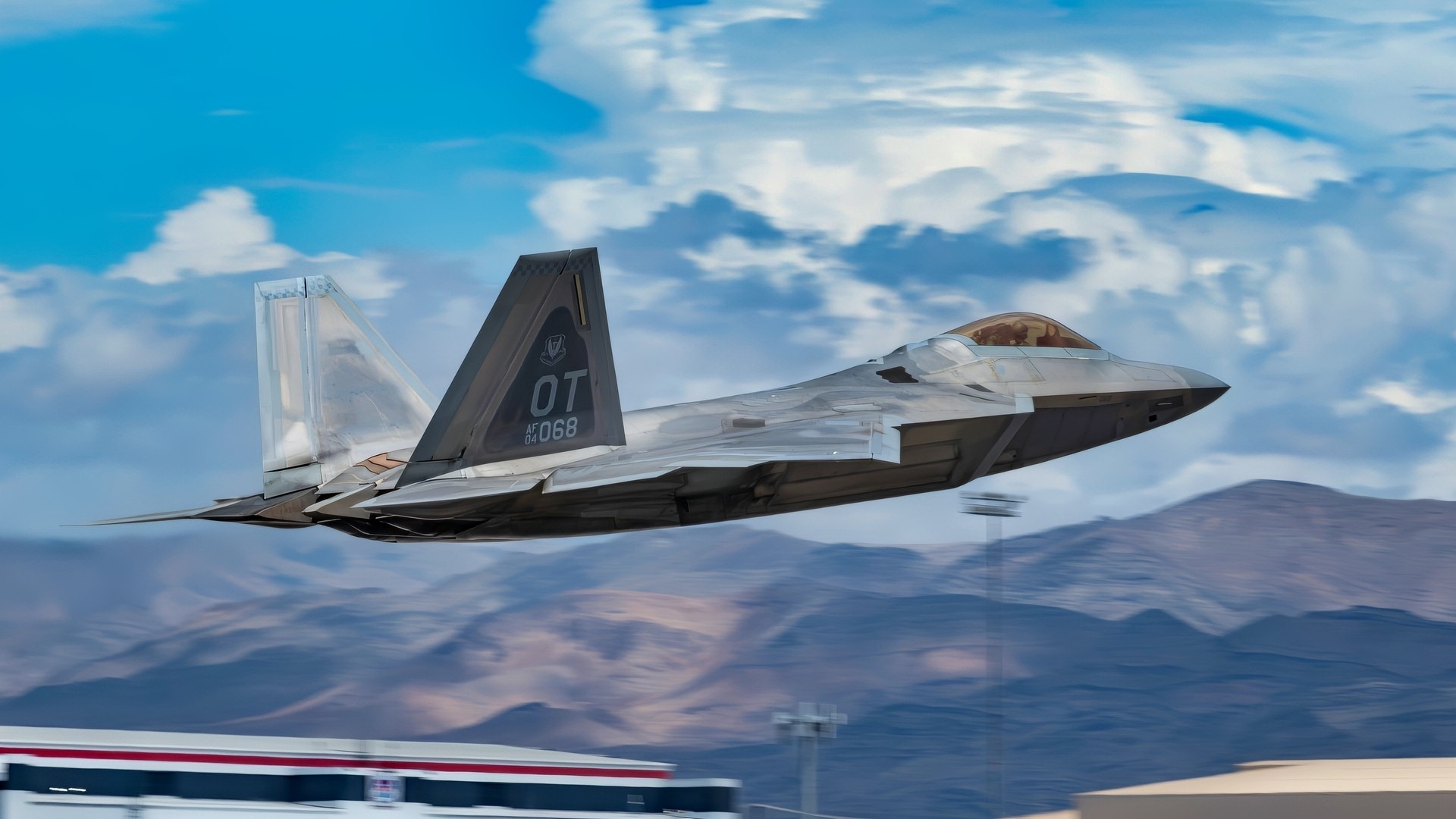
A U.S. Air Force F-22 Raptor fighter jet assigned to the 422nd Test and Evaluation Squadron (TES), takes off for a mission at Nellis Air Force Base, Nevada, Aug. 26, 2025. The 422nd TES is a geographically separated unit of the 53rd Test and Evaluation Group, Eglin AFB, Florida. (U.S. Air Force photo by William R. Lewis)
Attrition and risk. Every fast-jet fleet expects a handful of airframes lost across decades. A small fleet has less cushion for those inevitabilities. Fewer jets means less surge capacity if a crisis erupts while maintenance backlogs or runway repairs sideline aircraft.
None of this says the Raptor is fragile; it says the math of a boutique fleet is unforgiving.
The World Caught Up—In Numbers
China now fields a growing number of J-20 stealth fighters and is introducing a carrier-capable design often labeled J-35, giving Beijing stealth cover from land and sea. Russia’s Su-57 fleet is smaller and maturing slowly, but it exists and is learning. Layered under those fighters are networks of ground radars, airborne warning aircraft, and surface-to-air missiles that make any sky more dangerous.
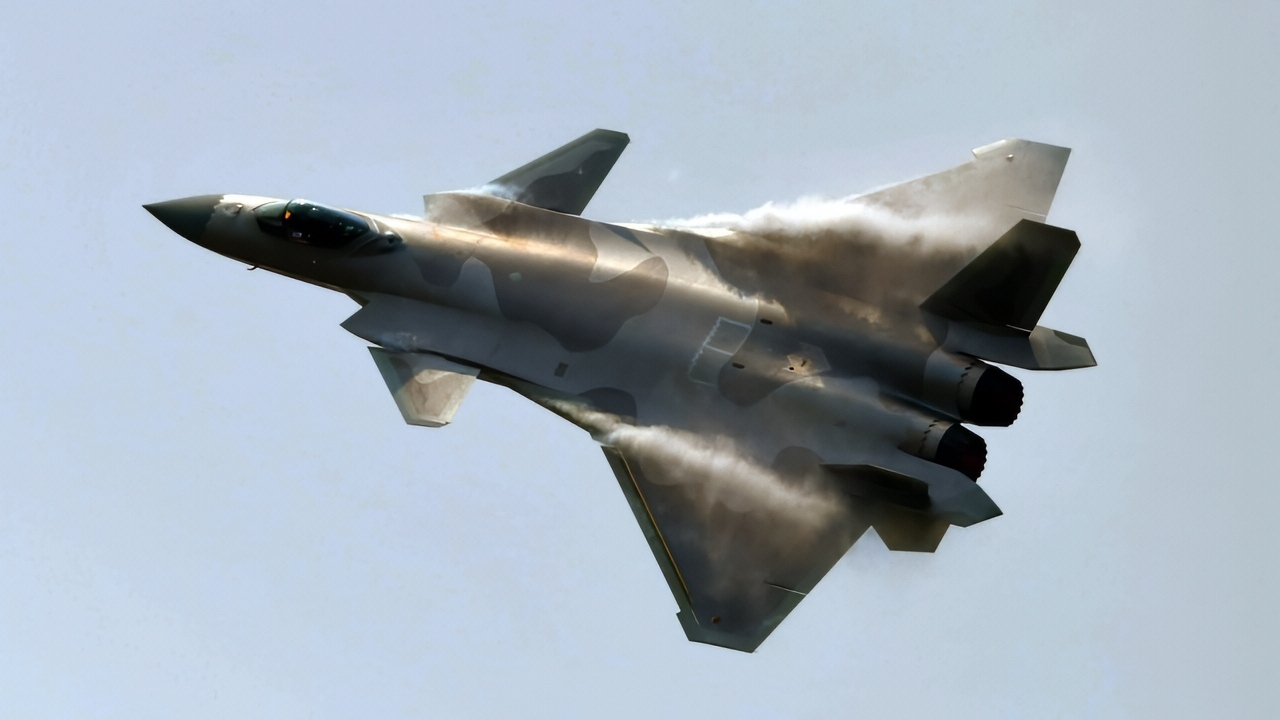
J-20 Fighter. Image Credit: Chinese Air Force.
Stealth-versus-stealth fights are decided by timing, geometry, and teamwork as much as raw performance. Numbers and networks matter. The more stealth jets you can bring—and keep on station—the more often you can force the other side into bad trades.
“Why Not Restart the F-22?” Because Time Isn’t Kind
Restarting an old production line years after shutdown sounds clean until you list the realities: suppliers gone or repurposed, tooling scattered, a software and electronics architecture from another era, and an export ban that limits economies of scale. You would spend lavishly to resurrect yesterday while the threat moves on. Plus, to be fair, the F-22 is old compared to new fighters coming up. More on that in a second.
That money is better spent in two places: keeping the Raptors we already have as lethal and available as possible, and accelerating procurement of the next air-dominance family designed for today’s map—longer ranges, persistent stealth, and teaming with drones.
What To Do Right Now
Keep the Raptors sharp. Focus upgrades where they change fights: sensors that see farther and fuse faster; data links that share clean tracks without giving away position; electronic protection that shrugs off jamming; and weapons that reach and maneuver better. Avoid “science projects” that eat downtime for marginal gains. Reliability matters as much as a new trick.
Let the workhorses carry the daily load. The F-35 brings stealth at scale and a battle-management brain that pays rent every sortie. The F-15EX brings speed, high altitude, and a big weapons magazine for homeland defense and standoff roles. Used smartly, they free the Raptor to do what only it can do, while preserving hours on a fleet we can’t easily replace.
Train like the first week of war. Build scenarios that stress logistics, contested communications, and operations from austere bases, not just clean “range day” sparring. Use dedicated adversary squadrons and unmanned systems to complicate the picture. The goal is fewer surprises when the sky is crowded and confusing.
The Sixth-Generation Fork in the Road
F-47 NGAD, The next U.S. air-dominance platform—likely pairing a manned fighter with a family of unmanned teammates—must solve the problems the Pacific demands: thousand-mile legs, deep low-observability, and the ability to quarterback a small flock of drones that scout, jam, or carry extra weapons.
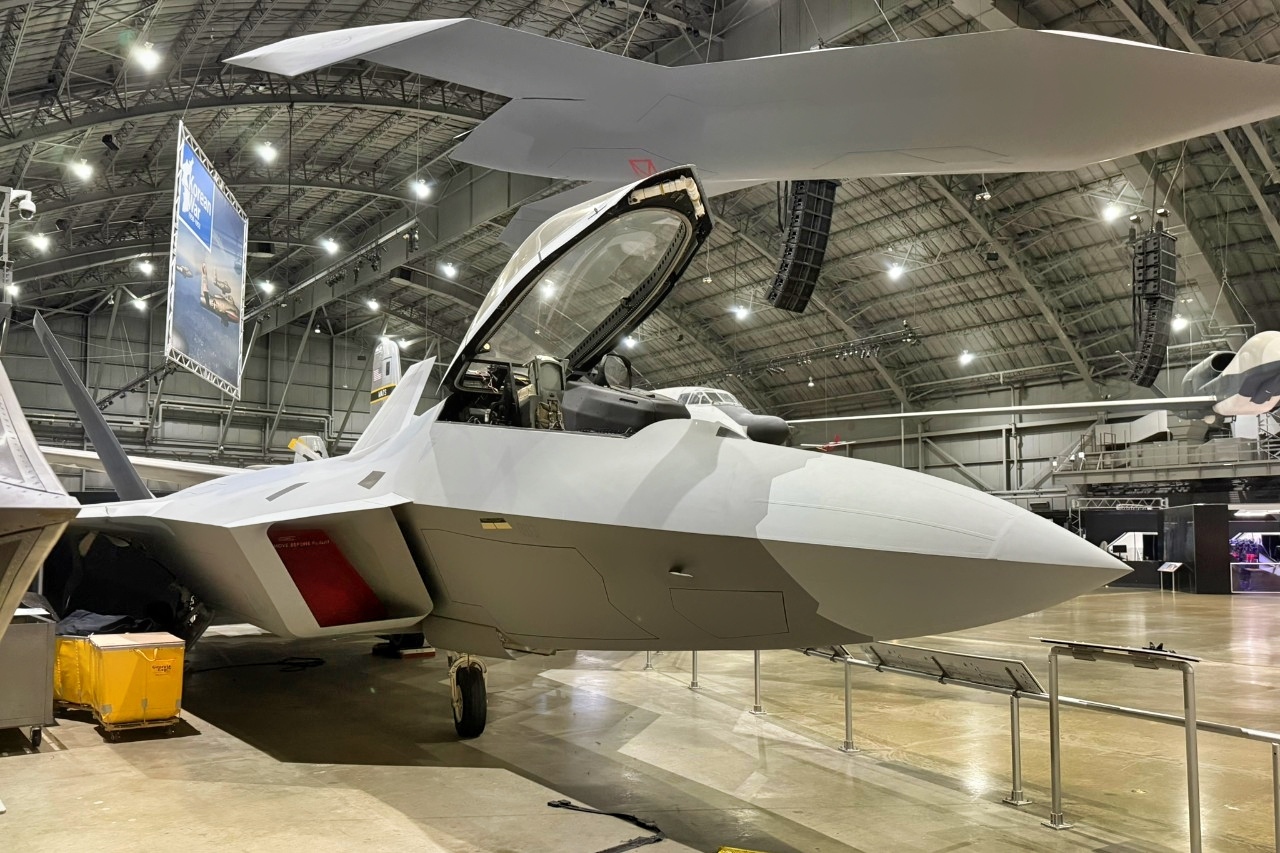
F-22A Raptor with YF-118G Overhead. Image Credit: National Security Journal.
The strategic question isn’t whether to build it; it’s how many. The lesson of the Raptor is brutally simple: don’t underbuy the thing you can’t surge later. If you need massed presence at distance to deter or win, you must fund the inventory that can actually show up—and you must build the sustainment muscle (spares, depots, coatings shops, training pipelines) at the same pace as the airframes.
That demands design discipline up front. A fighter you can’t afford to buy in numbers—or can’t keep mission-capable once you own it—repeats the very mistake we’re trying to escape.
Readiness Is a Choice
You can’t write a blank check to fix readiness, but you can make ruthless choices. Stock the parts that actually ground jets; add capacity to the bottleneck depots, not just the easiest ones to expand; invest in coatings and repair processes that return aircraft to line faster; and sequence upgrades so jets aren’t all in the barn at once.
Do the same with people. Pilots, maintainers, and logisticians are a system. If you ramp jets without ramping crew and crew chiefs, you build hangar queens and burnout, not combat power.
How Many Is “Enough”?
Only classified analysis can give a precise number, but the principle is public: size the force for the hardest week of the war you’re trying to prevent, not the easiest week of peacetime exercises. In the Indo-Pacific, distance is the enemy; tankers and bases are targets; and the sky is saturated with sensors. To keep stealth fighters on station, you need overlapping rotations, backups for battle damage and breakages, and the capacity to surge when the moment matters.

U.S. Air Force Maj. Josh Gunderson, F-22 Demo Team commander, enters into the Raptor Slide during the Millville Airshow, Sept. 3, 2021, at Millville Army Airfield, Millville, New Jersey. During the Raptor Slide the aircraft actually slides down and backwards under control before Gunderson adjusts the aircrafts position and powers out of the maneuver. (U.S. Air Force photo by Staff Sgt. Don Hudson)
That argues for a sixth-gen buy measured in real squadrons, not token flights—plus significant numbers of affordable unmanned teammates you can attrit without blinking.
What Success Looks Like
A credible future air-dominance force doesn’t worship a single airframe. It looks like a team:
Raptors, kept lethal and available, doing the pure air-superiority work in the near term.
F-35s providing massed stealth and sensor fusion, and spreading across allied fleets to turn coalition ops into a single, shared picture.
F-15EXs carrying big sticks, patrolling the homeland, and launching long-reach weapons from safer distances.
A next-generation fighter with the range and survivability the Pacific demands—bought in numbers.
Collaborative drones that scout, bait, jam, and shoot—so the manned jets can survive and decide.
That team doesn’t just win a fight. It deters the fight.
The One Lesson to Carry Forward
The F-22’s flaw isn’t the airplane. It’s our choice to buy too few and then let readiness drift while potential adversaries scaled.
We can’t change that. We can make sure the next time we build the world’s best air-dominance system, we buy enough of it to matter—and keep it healthy enough to show up when it counts.
That’s the difference between a boutique force and a winning one.
About the Author: Harry J. Kazianis
Harry J. Kazianis (@Grecianformula) is Editor-In-Chief and President of National Security Journal. He was the former Senior Director of National Security Affairs at the Center for the National Interest (CFTNI), a foreign policy think tank founded by Richard Nixon based in Washington, DC. Harry has over a decade of experience in think tanks and national security publishing. His ideas have been published in the NY Times, The Washington Post, The Wall Street Journal, CNN, and many other outlets worldwide. He has held positions at CSIS, the Heritage Foundation, the University of Nottingham, and several other institutions related to national security research and studies. He is the former Executive Editor of the National Interest and the Diplomat. He holds a Master’s degree focusing on international affairs from Harvard University.
More Military
The U.S. Air Force’s B-52 Bomber and F-35 Fighter Have A Message for Venezuela
Russia’s Mach 4.3 MiG-41 Stealth Fighter Has a Message for the U.S. Air Force
Forget the F-35: The MQ-25 Stingray Might Be the Navy’s Best ‘Weapon’ Against China
Forget the F-35 of F-47: The GCAP 6th Generation Stealth Fighter Is Coming
U.S. and 9 Allies Just Held a Big Naval Exercise Right on China’s Doorstep


